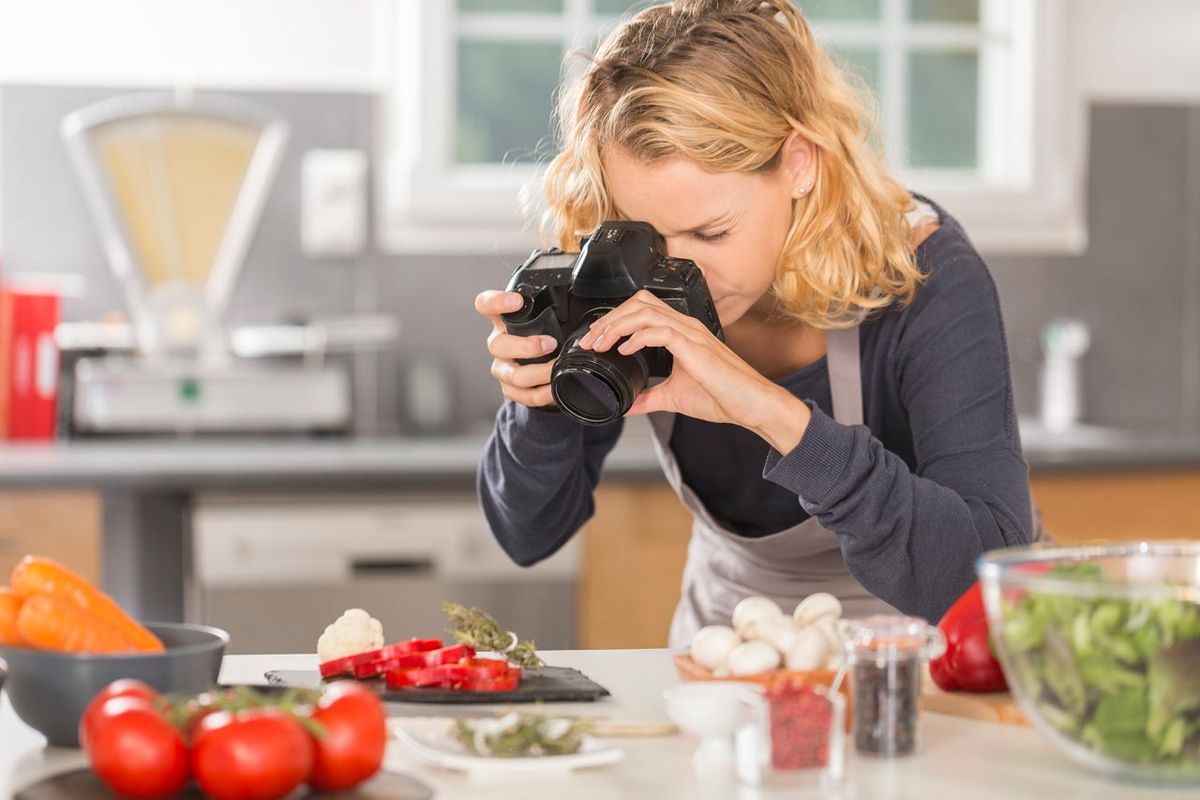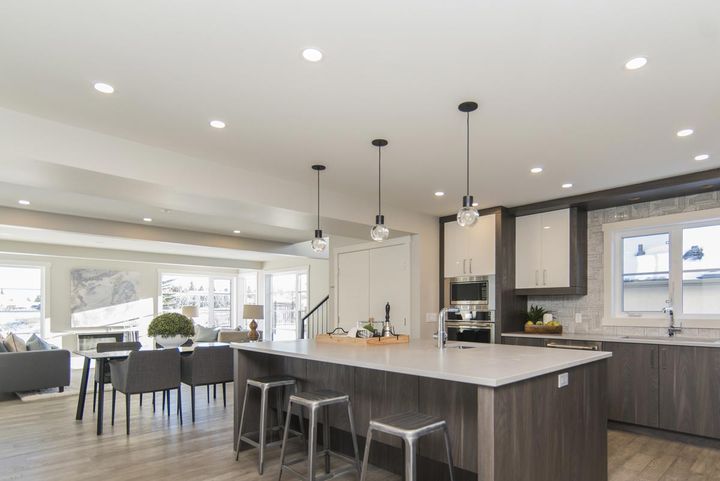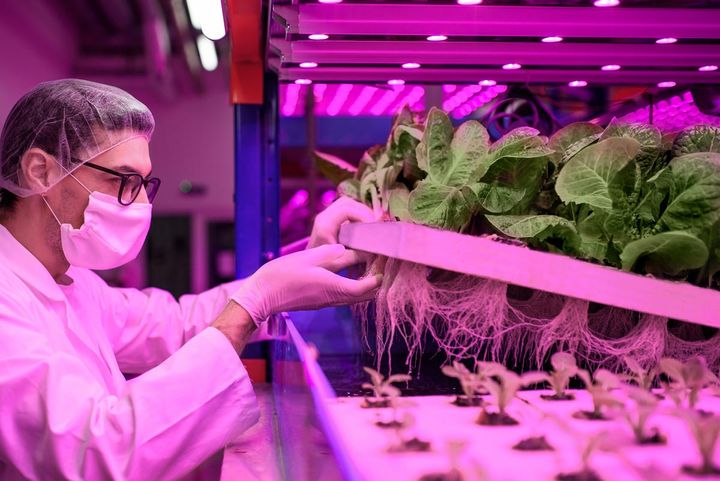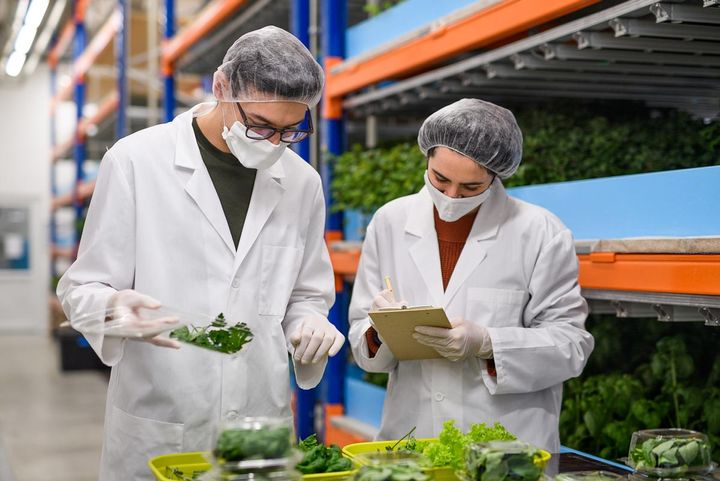Food Photography Lighting Tips to Savor

Ever wonder how food photographers can have you salivating at the first glimpse of a strawberry? A lot of what makes food look so tasty in pictures is the way photographers use the light. And it's not just food photographers with this task. It's also food bloggers, independently owned restaurants, and just about anyone passionate about food.
Observe the seafood medley below.

How does the photographer achieve such a clean yet colorful image? Often, it isn’t enough simply to place a plate by the window and snap a few frames—it takes planning. Here are a few ways to use the light to document your next culinary masterpiece:
Consider the time.
The brightness of the light you use should depend on what meal you’re photographing. Use a light bulb with a measure of 1,000+ lumens if you’re taking shots of breakfast foods like these cappuccino doughnuts. An evening meal on the other hand should be photographed in lower light, channeling the elegant ambiance of the dinner hour.

Find your angle.
Playing with the direction and angle of your light source is essential. With the right play between light and shadow, you can accent the most titillating parts of your dish, while camouflaging any flaws. Texture greatly contributes to the delicious appearance of most any meal. Notice how the angle of the light below highlights the different textures within this broiled flank-steak sandwich.

Keep it natural.
Nobody wants to consume a dish that looks unnatural, thus sunlight really works best. But if it’s cloudy, or your kitchen doesn’t have a large window, you’ll need to consider other options. LED lights, unlike other artificial lights that distort colors, are a great choice because they give off a natural white glow without producing too much heat like a halogen lamp. This photograph of curry sweet potato cups provides a perfect example. The light offers a subtle accent while complimenting the food’s color scheme.

Know your food, know your light.
Choosing the wrong light source can make your food look repulsive. Imagine how sickly the tapenade-filled burger below would appear if pictured using a light with a cool temperature (color temperatures between 3100K and 4500K). The meat would have a bluish tinge. When shooting these foods, try a light source with a warm color temperature between 2,700 and 3,500K. Always use a light that has a CRI or Color Rendering Index of 82 or higher to maintain the food’s natural coloration.

Check back to see new articles and guides, or feel free to click another article to experience more great insights and advice.



